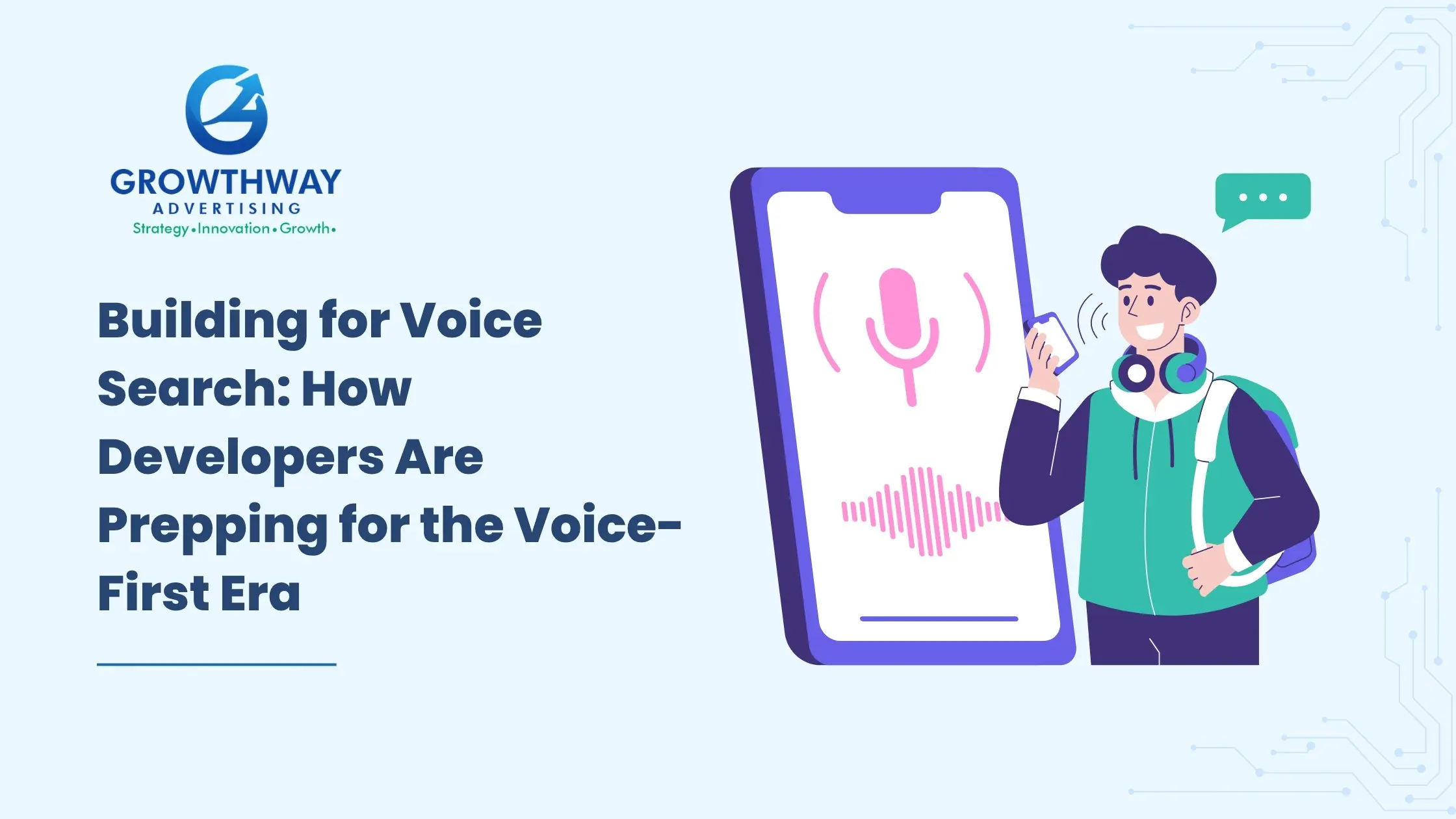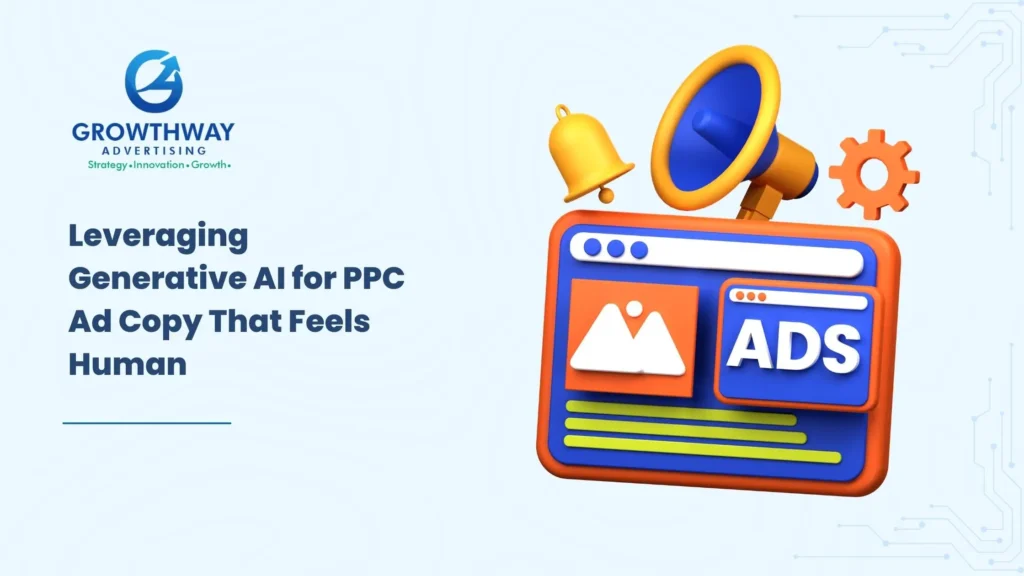If you’ve ever Googled a question and found a short answer box sitting right at the top of the search results, you’ve seen a featured snippet in action. It’s the “position zero” every marketer wants the spot where your content is shown before every organic result. The good news? You don’t need to be the biggest brand to win it. You just need to structure your content like Google’s favorite student: clear, relevant, and technically sound.
Let’s break down how to actually do featured snippet optimization the smart way, not just what to tweak on your page, but how to think like Google when it decides what deserves that prime real estate.
Understanding How Featured Snippets Work
A featured snippet is Google’s direct answer to a user’s query, pulled from one of the top-ranking pages. It might appear as a short paragraph, a numbered list, a table, or even a video snippet.
Here’s what’s important: snippets don’t always come from the #1 result. Google picks content that provides a clear and structured answer even if that page ranks third or fourth organically.
That’s where strong SEO services and structured writing make all the difference.
Most snippets fall into four main types:
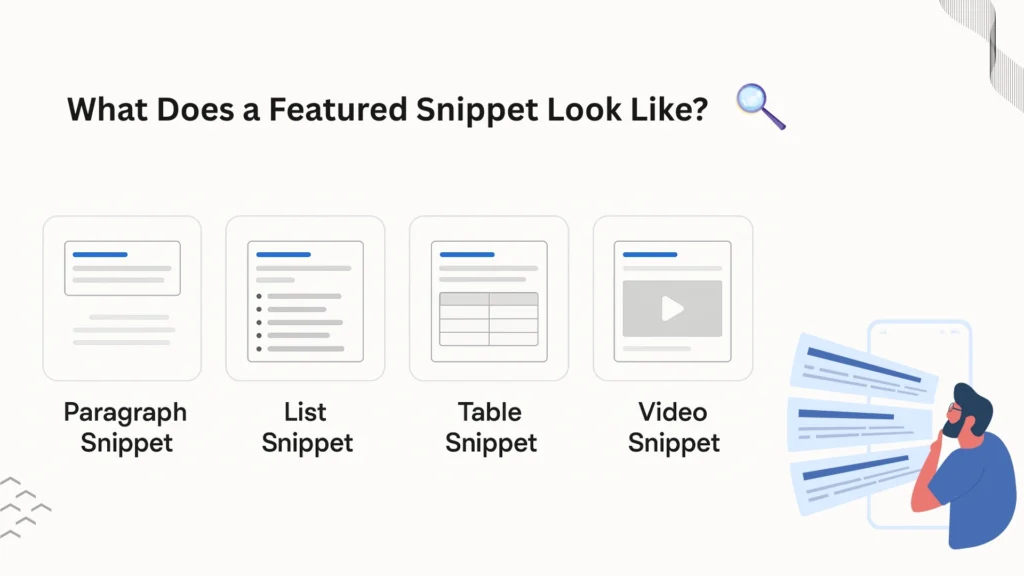
- Paragraph snippet – A short 40–60 word answer to a direct question.
- List snippet optimization – Step-by-step guides, lists, or bullet sequences.
- Table snippets – Data or comparison tables formatted for easy scanning.
- Video snippets – YouTube timestamps or short clips that directly answer “how-to” queries.
If your page already ranks in the top 10 for a query, optimizing for one of these formats can push you into position zero.
Why Position Zero Matters More Than Ever
Google is evolving into an answer engine, not just a search engine. That means your content’s structure and clarity often matter more than backlink count or word length.
A best search engine optimization agency knows this and that’s why snippet targeting is now a core part of every advanced seo marketing plan.
Here’s what owning a featured snippet can do:
- Boost visibility even if you’re not ranking #1
- Increase CTR by 20–30% compared to regular listings
- Drive qualified traffic because snippet users often have strong search intent
- Build authority — you become the trusted source for the answer
The real trick is not stuffing keywords but teaching Google what your content means using structure, clarity, and intent alignment.
Crafting Snippet-Ready Content
You can’t “force” Google to pick your page, but you can make it irresistible. Every seo consultant who’s been in the game long enough will tell you, it’s about giving Google the easiest possible answer to extract.
Here’s the framework that consistently wins snippets:
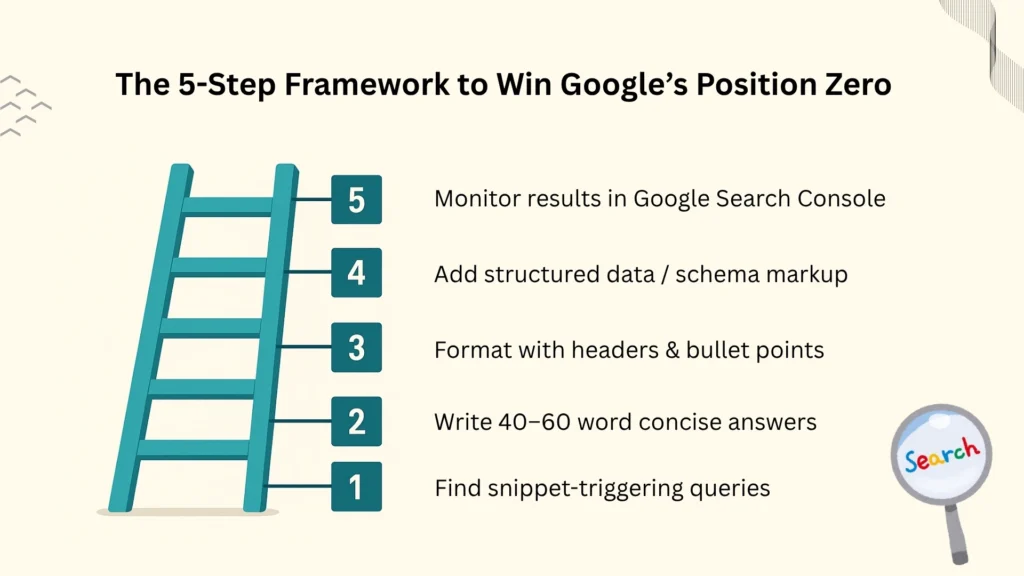
1. Identify “Snippet-Trigger” Queries
Look for search terms framed as questions or instructions. Words like:
- what, why, how, when, where
- step-by-step, guide, examples
- comparison, vs, cost, best
Tools like Google Search Console and keyword research software can show where your pages already appear near the top 10. These are your quickest wins.
2. Answer the Question in the First 100 Words
Google loves concise answers. Add your core question as an H2, and write a paragraph snippet answer immediately after it around 50–60 words, no fluff.
Example:
H2: What is featured snippet optimization?
Answer: Featured snippet optimization means structuring your content so Google can easily extract a short, direct answer for display at the top of search results. It includes using clear formatting, headers, concise summaries, and schema markup to highlight key information.
3. Structure for Scannability
Formatting is the secret weapon. Use:
- Numbered lists for processes (list snippet optimization)
- Bulleted lists for tips or features
- Tables for comparisons or data
- Bolded key terms to emphasize clarity
Your content should read like something Google can copy-paste without editing.
4. Layer in structured data and schema markup
Schema doesn’t directly guarantee snippets, but it helps Google understand your content type. Use:
- FAQ schema for Q&A sections
- HowTo schema for step guides
- Article schema for informational blogs
If you run a seo services company, add LocalBusiness schema to tie your brand to regional search visibility. Structured markup gives Google context, which improves your chances of being featured.
The Content Patterns That Win Featured Snippets
Over years of testing, certain content patterns have shown consistent snippet success:
• Q&A Format
Search intent is question-based. Add an FAQ-style layout at the end of every major post. Each question can trigger a featured snippet for a long-tail keyword.
• Step Lists and Numbered Instructions
Use action verbs to start each step: “Open,” “Select,” “Click,” “Measure.” Google loves lists that show sequential actions.
• Definitions and Short Descriptions
For conceptual topics, open with a clear definition. That’s often what triggers a paragraph snippet.
• Comparative or Table-Based Data
If you’re comparing products, tools, or methods, use HTML tables with descriptive headers. Google’s crawler can easily parse them into table snippets.
• FAQ Schema Integration
Use FAQ schema markup to formally tag Q&A content. It can double your SERP real estate and indirectly boost your snippet eligibility.
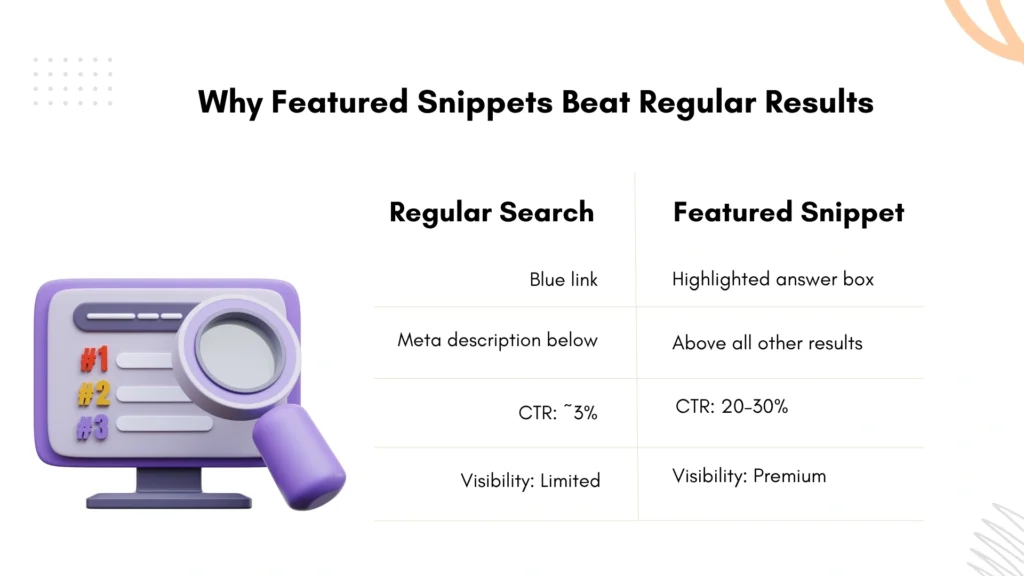
Adding Authority and Context
While structure gets you noticed, authority keeps you there. A top-tier seo agency understands that snippet content isn’t just about keywords, it’s about information density.
Tips for maintaining authority:
- Use internal links to deeper resources.
- Cite reliable data or stats (but in plain language).
- Refresh snippets quarterly — Google prefers up-to-date answers.
- Avoid overstuffing — once or twice per bolded keyword is enough.
A seo consultant should always audit snippets for freshness and intent match. For example, “how to optimize content for featured snippets” today may require new references to schema markup or AI-based content rewrites that didn’t exist last year.
Measuring Snippet Success
Most marketers stop after ranking. The smart ones measure.
To track results, use:
- Google Search Console → Performance → Filter by “Search Appearance” → “Rich results”
- Tag snippet URLs in GA4 as separate page groups
- Watch CTR vs. average position changes
Even a local seo services provider can use these metrics to show tangible snippet ROI. If your CTR is higher than your average position, your featured snippet optimization is working.
The Overlooked Part: Snippet Recovery and Maintenance
Winning a snippet isn’t permanent. You can lose it if your content becomes outdated or if another site structures its answer better.
When that happens:
- Audit your header tags — check if your question is still relevant.
- Tighten the answer — make it shorter or more specific.
- Refresh structured data — update FAQ schema and check for errors.
- Re-index the page via Google Search Console.
If you’re working with a seo services company, ask them to monitor “Lost Featured Snippets” weekly. It’s a quick fix that keeps your visibility stable.
Advanced Strategies: Scaling Snippet Optimization
Once your content workflow is solid, you can scale snippet targeting efficiently:
- Create Content Templates: Each blog or page should follow the same layout: question → answer → supporting content → FAQ schema.
- Automate Schema Insertion: Use plugins or custom scripts to embed structured data automatically.
- Use NLP Optimization Tools: These help shape your seo marketing copy to match user intent patterns that Google prefers.
- Test Variants: Change your snippet answer every few months shorter, clearer, or with numbered points and monitor CTR shifts.
That’s what separates a beginner approach from what a best search engine optimization agency does for its clients.
Building a Snippet-First SEO Strategy
Let’s be real, search is heading toward zero-click answers, AI summaries, and instant results. If your brand’s content doesn’t show up in position zero, it risks being invisible.
Investing in seo services that understand snippet psychology from query mapping to structured data alignment, isn’t optional anymore. Whether you’re a business owner, marketer, or seo consultant, your goal should be to own the answer box.
Here’s the thing: Google rewards clarity, not complexity. The brands that explain things best, win. The page that solves the query in one screen scroll gets the crown.
So the next time you create content, don’t just ask, “How can I rank?” ask, “Can Google quote me?” That’s the mindset that lands you at position zero.
FAQ’s
A featured snippet is the short answer box Google shows above all search results. It pulls content from a webpage that best answers a user’s question clearly and concisely.
Featured snippet optimization improves visibility by placing your content in position zero — the top spot on Google. It increases clicks, credibility, and brand awareness.
The main types are paragraph snippets, list snippets, table snippets, and video snippets. Each requires different formatting and structure to win position zero.
Start by answering the main query within the first 100 words. Use question-based headings, short definitions, numbered lists, and structured data to help Google identify key answers.
Yes. Local SEO services can target location-based questions and use structured data to help local pages appear in featured snippets for “near me” searches.
Combine keyword intent research, list snippet optimization, paragraph snippet formatting, and FAQ schema markup. Keep answers short, specific, and refreshed regularly.
















